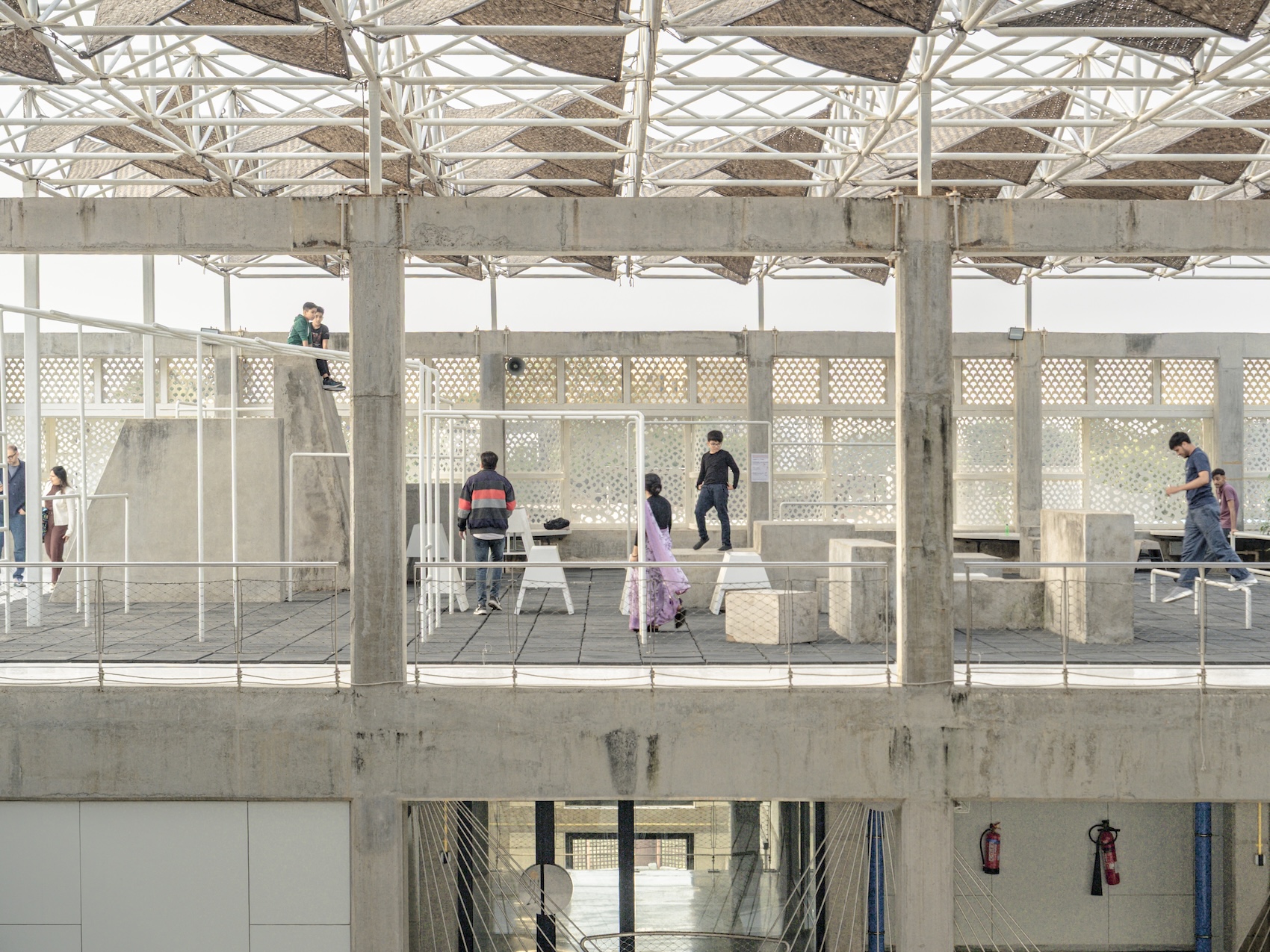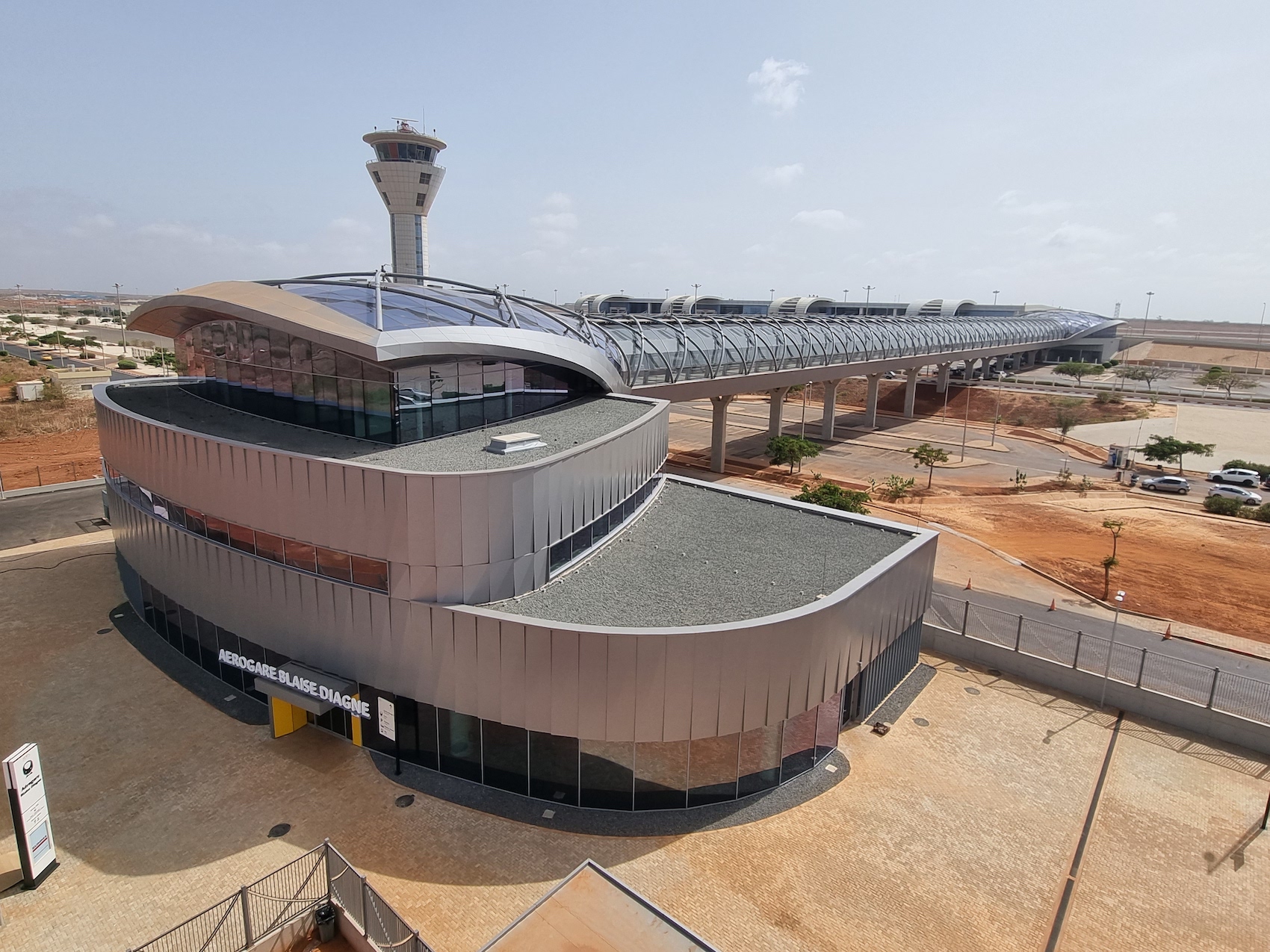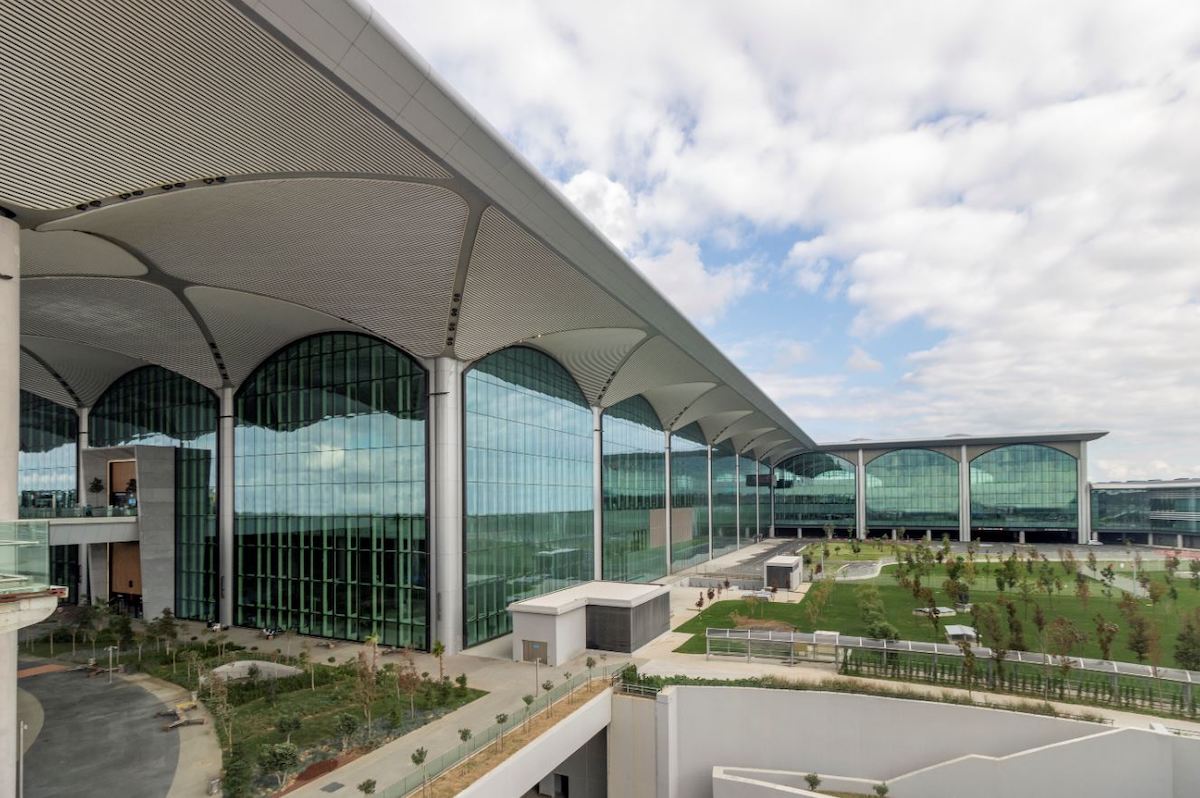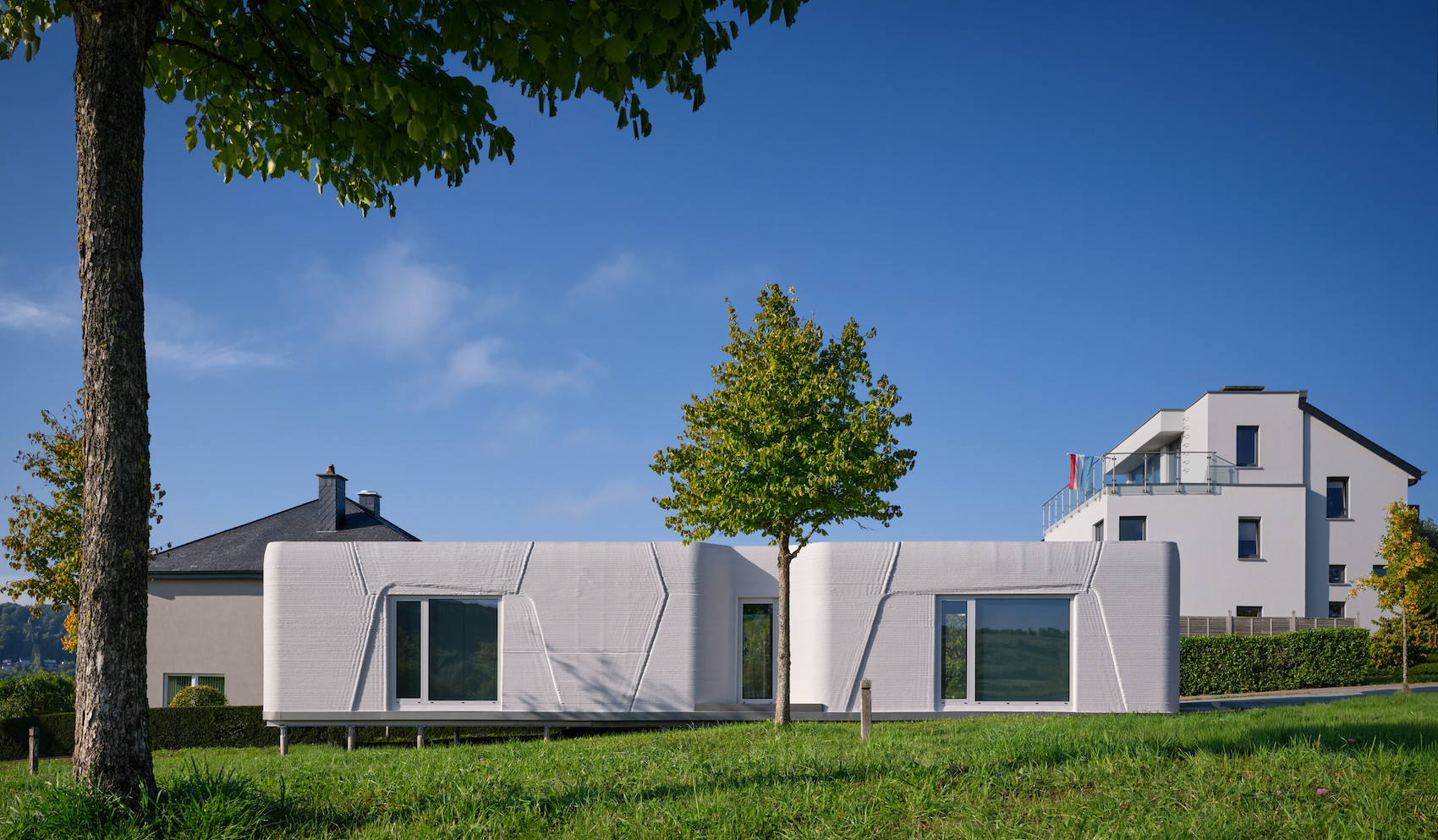Knight Architects connects Sweden’s island of Lidingö to greater Stockholm with £60m Lilla Lidingöbron bridge.
Knight Architects’ Lilla Lidingöbron bridge has opened to the public, playing a vital role in connecting Sweden’s island of Lidingö to the greater Stockholm area.
Designed by leading bridge design practice Knight Architects in collaboration with engineers Sweco, the new Lilla Lidingöbron bridge was opened for pedestrians, cyclists and moped passengers in late 2022. The final part of the project, the tramway, has now completed, marking the opening of the bridge in full. Relied upon daily by around 4,000 pedestrians and cyclists, it is anticipated that more than 15,000 passenger journeys will be made every day by the new tram. Combined, the public transport and mobility options of the new bridge provide greater low and zero carbon travel options and contribute to a modal shift, directly responding to the City of Stockholm’s ambitions to increase renewable energy in transportation from 16% to 100% by 2040.
The new bridge replaces Gamla Lidingöbron (Old Lidingö Bridge), a low-level bridge which opened in 1925 and carried pedestrians, cyclists and a single tram line. As the low-level crossing became increasingly expensive to maintain, the decision was taken in 2012 by commissioning client Lidingö Stad (Lidingö City) to replace the old bridge with a new £60m (700m SEK) crossing, with greater provision for active travel and twin tram lines.
With a total length of circa 750m, the new Lilla Lidingöbron is one of Sweden’s longest tramway bridges and is significantly wider than its predecessor. With a 7.4m-wide segregated cycle and pedestrian deck plus two local widenings as balconies, the new bridge provides a more generous space for cyclists and pedestrians and a safe and reliable year-round crossing. Together with a lower bridge gradient and plans for summertime seating, the bridge has a clear focus on user enjoyment: encouraging maximum active mobility across all social groups.
Lilla Lidingöbron’s design responds to the rhythm of the neighbouring brutalist 1960s high-level road bridge with matching spanning arrangements, but has a softer, more elegant structural form with a sequence of gently curved spans rising gracefully to the central navigation channel. Additionally, the historic listed ‘Temple of the Winds’ shelter from the original bridge – a waiting shelter for tram passengers at a junction in the old tram routes at Torsvik on the Lidingö landing – was carefully removed and restored. It now provides a historic reminder of the region’s connections and acts as a beacon, welcoming users to Lidingö in the dark winter months and encouraging use of the bridge as a destination as well as a crossing in summertime.
Knight Architects was appointed from the outset of the bridge’s design before being retained as client advisor for the Design & Build tender and throughout the construction stage. Extensive public and stakeholder engagement was carried out as part of the design process.
Martin Knight, managing director at Knight Architects, said: “Lilla Lidingöbron plays a vital role in connecting the island of Lidingö to Stockholm’s main urban area. Its attractive design is focused on the user and supports widespread year-round use, including as a summer leisure destination. The new bridge is already encouraging modal shift to low-carbon transport alternatives. At Knight Architects we seek to improve connectivity for communities and generate lasting value, so we are very proud that Lilla Lidingöbron will make such a significant contribution to the city of Stockholm’s ambitious renewable energy targets.”
Daniel Källenfors, Mayor of Lidingö, said: “This is a great day for the people of Lidingö and all travellers on the Lidingö tram, as you can now travel all the way from Gåshaga to Ropsten. We are very pleased with the effectiveness of the bridge: generous spaces for both bicycles and public transport, and built to budget and plan. We are now becoming part of Stockholm again, in a good way.”
Credits
Client
Lidingö Stad
Architect
Knight Architects
Consulting engineers
Sweco, Atkins (concept design stage)
Contractor
Implenia Sverige AB
Lighting designer
Black Ljusdesign AB (overall concept); Tehomet (fabricator/supplier lighting poles); Flux (lighting tips of poles)
Planning consultant
AIX and Rosersbergs Maskin AB

















